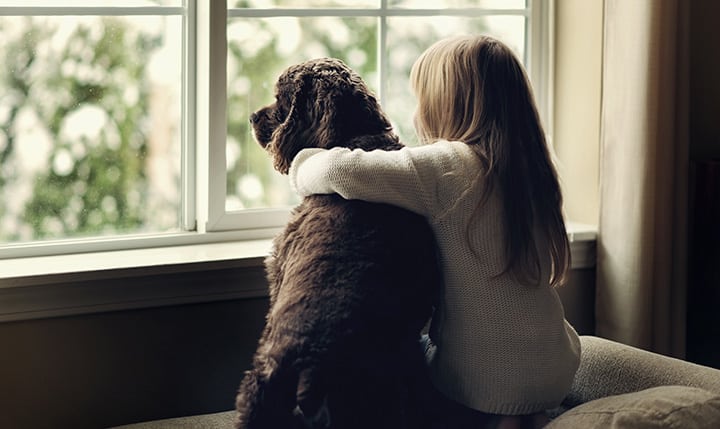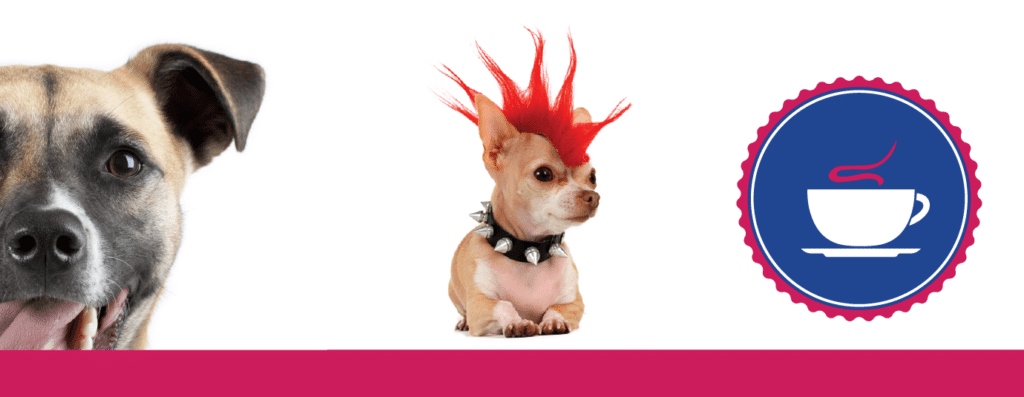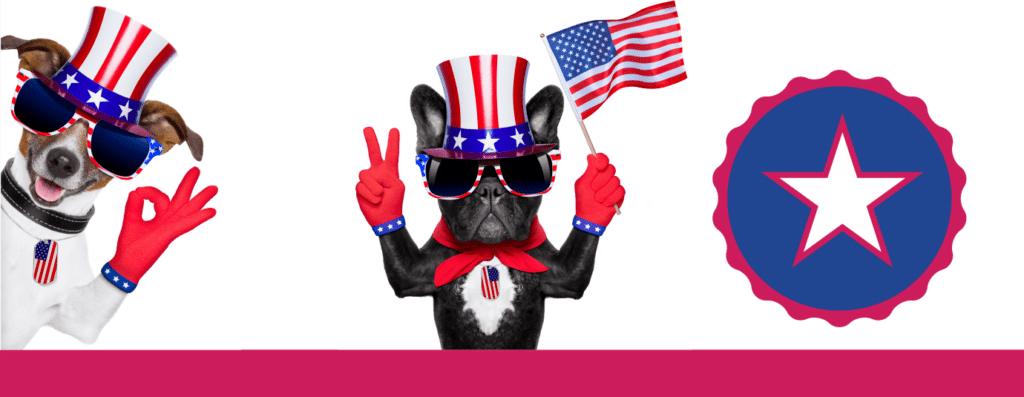Pet inclusivity movements are reshaping the way we adopt and care for animals.
From senior pets to pets with disabilities and breeds affected by breed-specific legislation (BSL), advocates are working hard to ensure every pet gets the love and respect they deserve.
Just like human inclusivity efforts, pet inclusivity emphasizes that every animal, no matter their age, breed, or ability, deserves a safe, supportive home.
By raising awareness and challenging outdated perceptions, these movements are creating a more compassionate pet community — and changing lives in the process.
What is the Pet Inclusivity Movement?
Pet inclusivity focuses on promoting adoption and fair treatment for animals that are often overlooked. These include:
- Senior pets
- Pets with disabilities or special needs
- Breeds impacted by restrictive legislation, like pit bulls
The goal?
To challenge biases, encourage compassionate adoption, and show that every pet — no matter their background — has a unique love to offer.
Key Aspects of the Pet Inclusivity Movement
1. Promoting the Adoption of Senior Pets and Special-Needs Animals
Many “less adoptable” pets wait months or even years in shelters simply because of age or disabilities.
Inclusivity campaigns spotlight their amazing qualities: senior pets’ calm affection, the resilience of pets with disabilities, and the deep bonds they form with adopters.
2. Fighting Against Breed-Specific Legislation (BSL)
Breed-specific legislation unfairly targets certain dog breeds based on stereotypes, not behavior.
Pet inclusivity advocates work to:
- Educate the public about the flaws in BSL
- Push for breed-neutral laws
- Promote responsible pet ownership based on individual behavior, not appearance
3. Supporting Pets with Disabilities
Blind, deaf, or mobility-impaired pets can live happy, fulfilling lives with the right support.
Groups are providing:
- Prosthetics and mobility aids
- Sensory-specific toys
- Resources for special-needs care
Their message: Disability doesn’t define a pet’s value — love does.
4. Addressing Bias in Pet Size and Appearance
Big dogs, unique-looking animals, and “non-trendy” breeds are often passed over.
Inclusivity movements challenge this by focusing on compatibility over cuteness — because it’s personality, not appearance, that truly matters.
Why Pet Inclusivity Matters
💛 Provides Homes for Overlooked Pets
Expanding the definition of “adoptable” helps save lives and gives every pet a chance to thrive.
💛 Challenges Harmful Stereotypes
By highlighting individuality over labels, inclusivity efforts reshape how we view age, breed, and ability.
💛 Builds More Compassionate Communities
These movements foster empathy — not just for pets, but for all beings who deserve respect and care.
💛 Improves Shelter Outcomes
More inclusive adopters mean lower shelter populations and higher success rates for rescues.
Real-World Pet Inclusivity Campaigns
- Adopt a Senior Pet Month (November): Spotlights the joys of senior pet adoption.
- Perfectly Imperfect Campaigns: Celebrate pets with disabilities and unique appearances.
- Anti-BSL Advocacy: Works to replace breed bans with fair, responsible pet ownership laws.
- Specialized Programs: Initiatives like “Seniors for Seniors” match senior citizens with older pets for mutual companionship.
How You Can Support Pet Inclusivity
✅ Adopt or foster a senior pet, a pet with disabilities, or a misunderstood breed.
✅ Support local shelters and groups advocating for inclusive adoptions.
✅ Share stories and campaigns that challenge pet adoption stereotypes.
✅ Educate others about the importance of compassionate, open-minded adoption.
The Future of Pet Inclusivity
Pet inclusivity isn’t just a trend — it’s a movement toward a kinder, more thoughtful world of pet ownership.
As awareness grows, so does the hope that every animal — regardless of age, breed, or ability — will find their forever home.
Because at the heart of it all is a simple truth:
Every pet deserves a chance to be loved.



